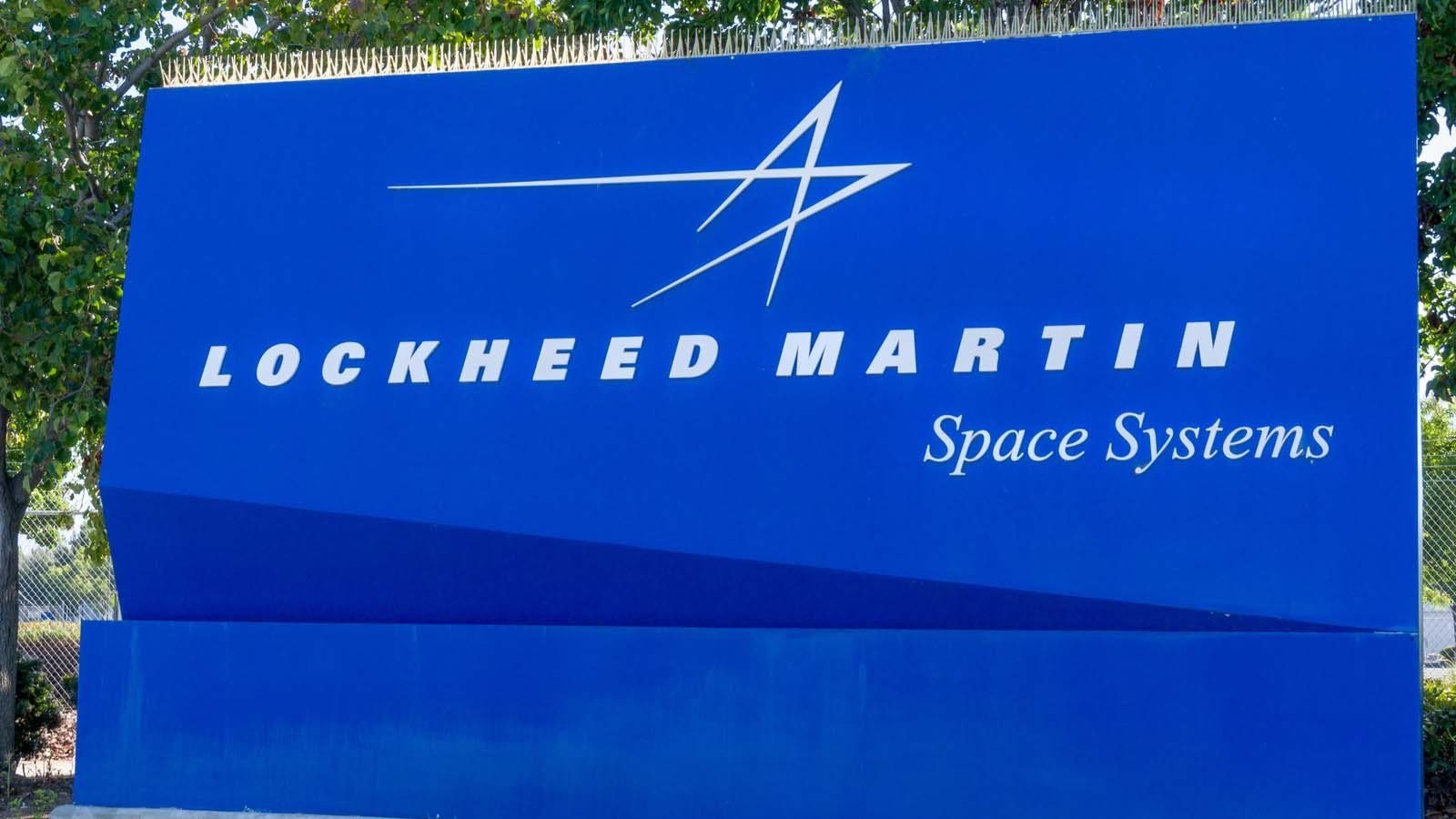Lockheed Martin (NYSE:LMT) reports its third-quarter earnings for fiscal year 2020 on Tuesday, and a few key aspects stick out ahead of the event. That said, let’s take a bit of a closer look at LMT stock.

LMT stock is a cheap, worthwhile stock for investment that also happens to be a free cash flow powerhouse. Moreover, earnings are growing, the dividend is rising, buybacks are a real catalyst and its outlook is just fine. This is due to rising defense expenditures in the U.S. and in the West.
Overall, Lockheed Martin is the largest defense contractor in the world. It makes most of its money from aeronautics contracts with the U.S. Defense Department and various military departments.
Amazing Financial Performance
Its revenue in the last 12 months (LTM) ending June 30 was $62.9 billion. It made net income of $6.45 billion, manifesting a respectable net income margin of 10.3%.
Moreover, free cash flow (FCF) is amazing. Its LTM FCF ending June 30 was $6.89 billion. This represents 10.9% of its LTM revenue and indicates that the company produces more than enough to cover its dividend and buyback programs.
For example, the company recently raised its quarterly dividend by 8.33% to $2.60 per share. In the LTM, the dividends cost the company just $2.66 billion.
So even with the higher dividend payment, the ongoing cost will only be $2.88 billion. This is well below the $6.9 billion in FCF that the company made in the LTM.
Moreover, its buyback program costs just $1.7 billion. In fact, the company was also able to reduce its debt by $2.05 billion over the last 12 months. All because the company’s FCF is so powerful.
Valuation is Inexpensive
Based on analysts’ estimates for 2021, the company is forecast to make $26.66 per share next year. That puts LMT stock, at $386.50 per share on Oct. 16, on a forward price-to-earnings (P/E) ratio of just 14.5 times earnings.
And by the way, those earnings are forecast to grow 10.3% over 2020 estimated earnings. In other words, the company is growing — and yet, Lockheed Martin stock is still cheap.
Moreover, according to Morningstar, the average P/E ratio over the past five years has been 23.55 times. Therefore, if shares were to rise to its average P/E multiple, the potential gain is 62% (i.e., 23.55 divided by 14.5). That would put LMT stock at $627.84 per share.
And even if that took two years to occur, the average compounded gain would be 27.4% each year.
On a dividend yield basis, Lockheed Martin stock is also very cheap. As I mentioned above, the dividend was recently raised by 8.3%. Right now, the stock has a dividend yield of 2.69% (i.e., $10.40 divided by $386.50 per share).
But over the past four years, the stock has exhibited an average annual dividend yield of 2.36%, according to Seeking Alpha. Therefore, LMT stock is 14% too cheap.
You can derive this by taking the $10.40 dividend per share and dividing it by 2.36%. That produces a target price of $440.68 per share. That target price is 14% higher than the Oct. 16 price of $386.50 per share.
What To Do With LMT Stock
So far we have come up with two ways to value the stock. Based on its average P/E history, the stock should be at $627.84 per share.
And based on its historical dividend yield, the target price is $440.68 per share. Therefore, the average price target is $534.26. That represents a potential gain of 38% over the Oct. 16 price.
Moreover, the company’s powerful FCF means that it is likely inexpensive using this measure as well. Its $6.9 billion in FCF represents 6.38% of its $108 billion market capitalization. That is a very high ratio.
For example, Raytheon Technologies (NYSE:RTX) has a similar market cap of $93.1 billion. But it made just $3.59 billion in FCF in the last 12 months. That means that its FCF yield is 3.86%.
Therefore, if Lockheed Martin stock had a 3.86% FCF yield, the market cap would be $178.75 billion. This is 65.4% above today’s value. It implies that the stock should be at $639.27 per share.
Therefore, averaging all of these valuations the stock should be at $569.26, or 47% above today’s price. That represents a good return on investment for most investors.
On the date of publication, Mark R. Hake did not have (either directly or indirectly) any positions in any of the securities mentioned in this article.
Mark Hake runs the Total Yield Value Guide which you can review here.
